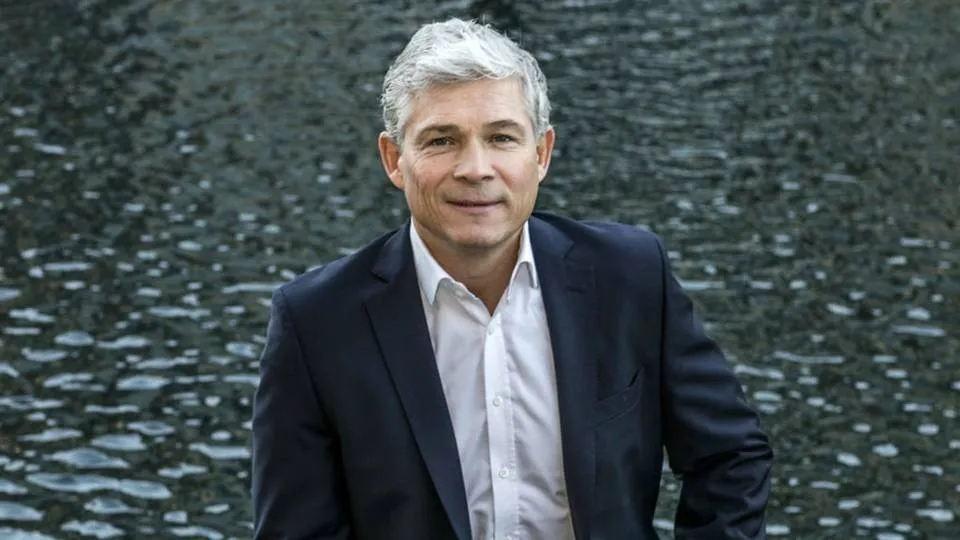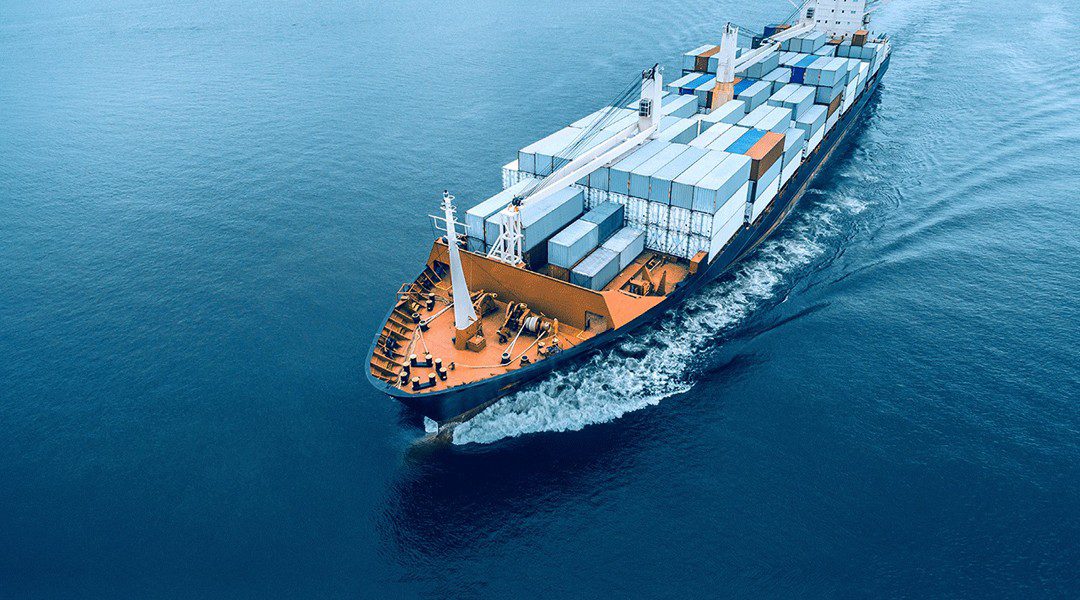
It is becoming increasingly evident that smaller product tanker carriers are finding it hard to keep up with the large carriers, particularly in terms of earnings capacity, climate requirements and digitizing the tanker sector.
Or that is at least the rather matter-of-fact analysis from product tanker carrier Hafnia, which once more calls for consolidation in product tanker.
“We think that added value can be created from increased consolidation in the market. From a shareholder point of view, it makes sense to consolidate smaller players to create large companies that have greater financial muscle and have the ability to invest in the future,” says Hafnia CEO Mikael Skov in an interview with WPO.
Acquisition-hungry Hafnia is itself the result of a merger back in 2018, when BW Group merged its BW Tankers with Danish Hafnia Tankers.
Hafnia’s majority owner BW Group has in recent years built a growing portfolio of companies and carriers active within product tanker, gas tanker and offshore, among other things, through mergers and acquisitions.
Not all attempts have been successful
Not all the group’s acquisition attempts have been successful, however.
As such, Hafnia and its owner BW last year got a resounding no from Irish tanker shipping company Ardmore. The board found Hafnia’s purchase offer to be too low and Hafnia since pulled out of the deal.
But Skov insists that Hafnia’s analysis is correct and that there is a need for financially bigger and stronger players in the product tanker market.
We see that the difference between smaller and bigger players (…) is becoming bigger and bigger
Mikael Skov, CEO, Hafnia
“We’re going through a period in which the world is moving towards greater environmental requirements for shipping companies. Additionally, digitization and data-driven business practices are moving full speed ahead. All this will require more investments, and we see that the difference between smaller and bigger players when it comes to funding, general administrative costs and earnings capacity is becoming bigger and bigger,” says Skov.
Last year, most product tanker carriers experienced a golden first half-year when an oil price war between Russia and Saudi Arabia first caused the oil price to plummet and subsequently sent demand for tanker capacity soaring because ships were pulled from the market to be used for floating storage. The oil market since settled down again, which caused rates and earnings to decline.
Meanwhile, a new wave of the coronavirus pandemic broke out in fall, causing economies to more or less shut down. This development once again pushed down demand for oil, making the fourth quarter loss-making for most tanker carriers.
On top of all this, the world is making a shift away from fossil fuels towards more renewable fuels and green technologies. At the same time, there is significant political pressure on the industries, including shipping, to reduce CO2 emissions to help the climate.
Acquisition must create synergies
All these factors strain smaller players in the product tanker sector, says Hafnia, which declines to name the names of potential acquisition targets.
“The assets must complement our current business and contribute to fleet renewal or represent a new business leg with a long-term horizon. There need to be identifiable synergies in terms of costs /or the commercial,” says Skov.
Will 2021 see some form of consolidation involving Hafnia?
“I can’t say anything about that. Consolidation is part of our strategic focus, but we already have a solid business, which our figures also bear witness to – also compared to the peer group,” says the Hafnia chief executive.
In a presentation to the company’s investors, Hafnia compared its own financial results with that of competitors such as Ardmore, US-based Scorpio Tankers and Danish Torm.
Hafnia has also looked at its operating costs + general administrative costs (OPEX + SG&A), funding costs and return on equity.
For all three key figures, Hafnia’s performance exceeded that of its peers in 2020.
These are the cold facts.
Mikael Skov, CEO, Hafnia
“These are the cold facts. We are in good standing in the competition and able to lift the necessary future investments in, for example, the climate area,” says Mikael Skov.
Hafnia recently published its 2020 records with growth on both the top and bottom line. The net result came to USD 149 million.
Torm-owner ups stake in Ardmore
Whether Ardmore Shipping remains a target for consolidation is unknown.
Hafnia’s competitor, Denmark-based Torm’s majority owner, Oaktree Capital, has funnily enough upped its stake in Ardmore Shipping after Hafnia’s acquisition attempt. The equity fund is currently the fifth-largest shareholder in the Irish tanker company, holding nearly 5 percent of equity.
While Scorpio Tankers and Torm, like Hafnia, made large profits in 2020 despite large losses in the fourth quarter, Ardmore Shipping was able to land an adjusted positive result of USD 0.5 million after a large deficit in the fourth quarter of 2020.
The first couple of months of 2021 have been weak for the tanker market, and several shipping companies, including Hafnia, expect an improvement in market conditions in the second half of the year at the earliest. This will likely put the shipping companies’ liquidity under pressure in the first half of the year.
The coronavirus pandemic is partly to blame, causing shutdowns and travel restrictions and thus a weak demand for oil, making all players wait impatiently for the roll-out of the vaccine.
“Assuming that we’re further along with the coronavirus vaccine, we will have a strong market for product tanker in the second half of the year. Of course, this requires that oil consumption also returns. We’ve seen a drastic reduction in oil inventories over the last two quarters, which is positive as well,” says Mikael Skov.
English Edit: Ida Jacobsen & L. N. Barnes
Hafnia expects more active vessels to strain product tanker in 2021
Torm CEO sees no burning platform in the green transition
Scorpio Tankers lost more than USD 76 million in the fourth quarter
Weak fourth quarter pushes Ardmore into the red





